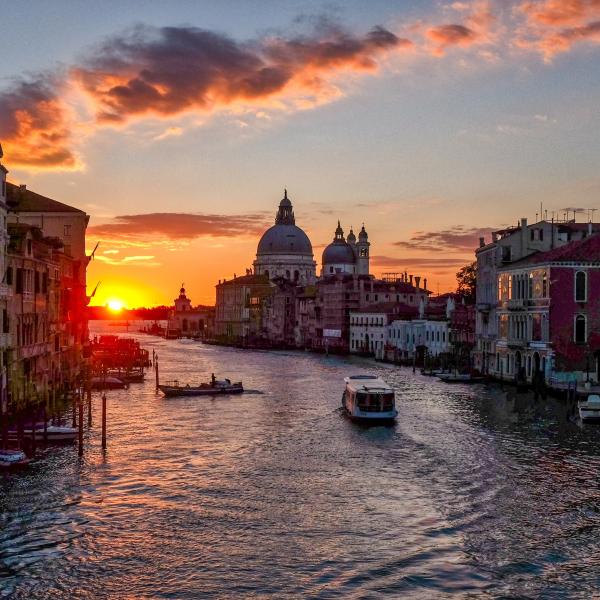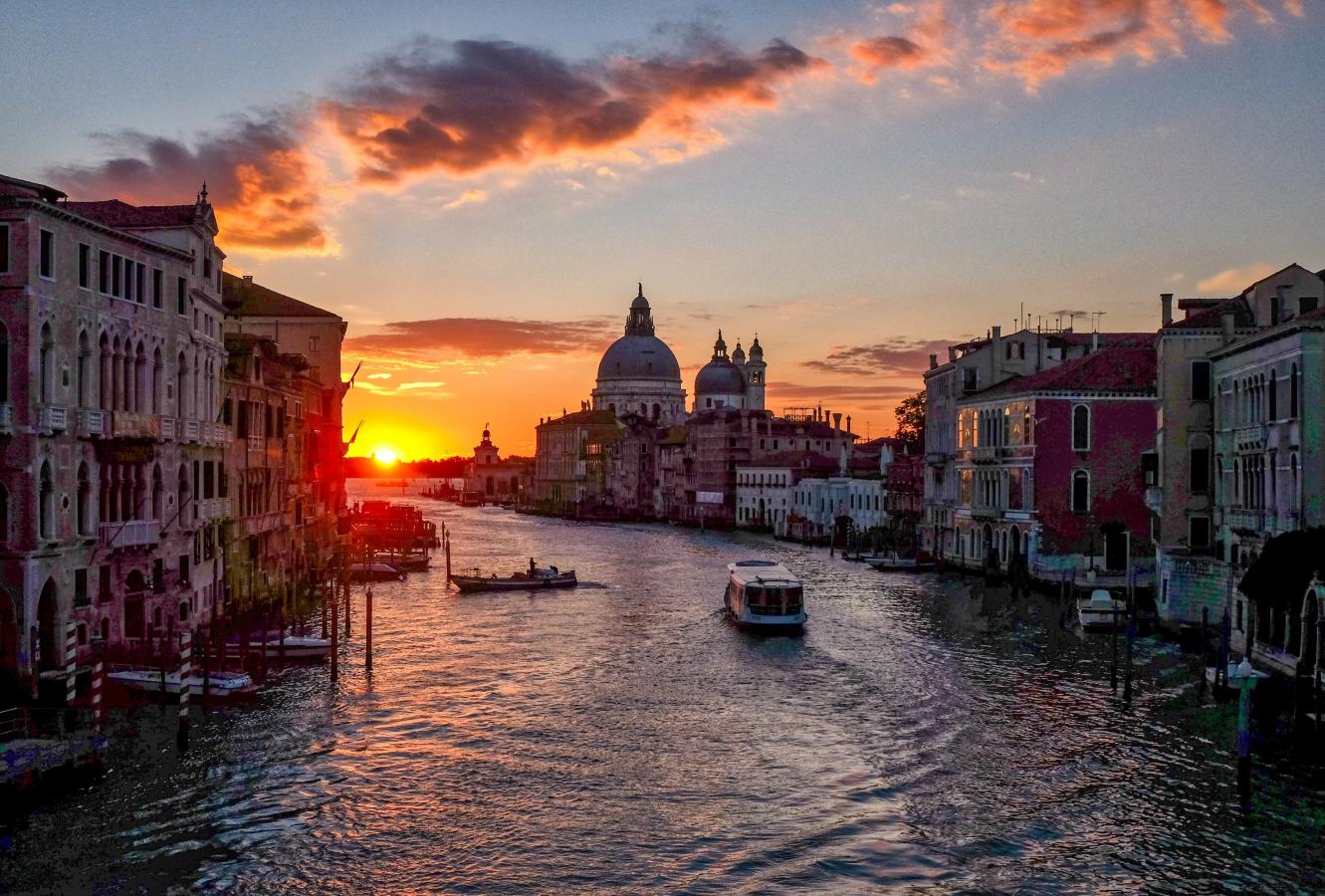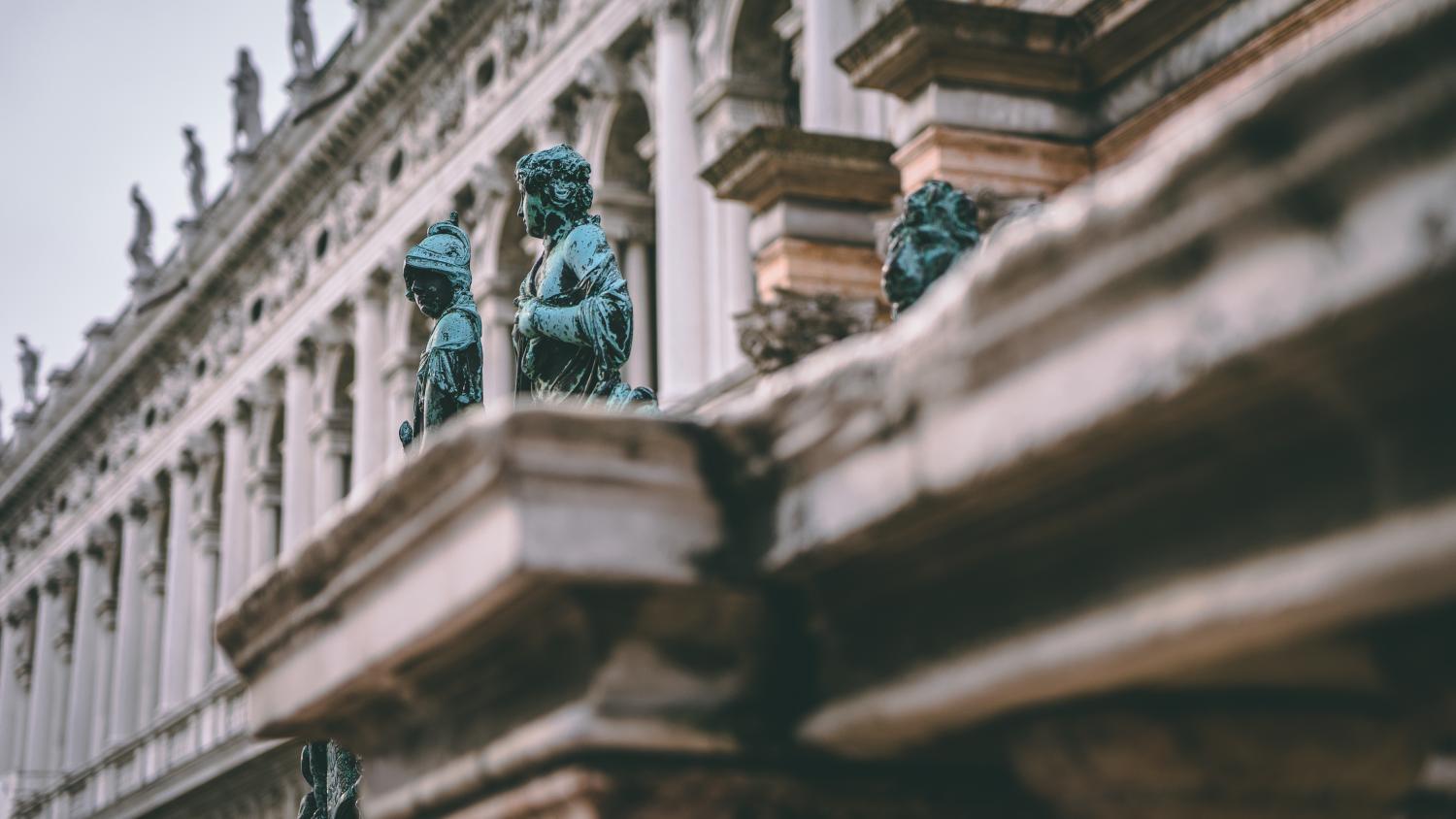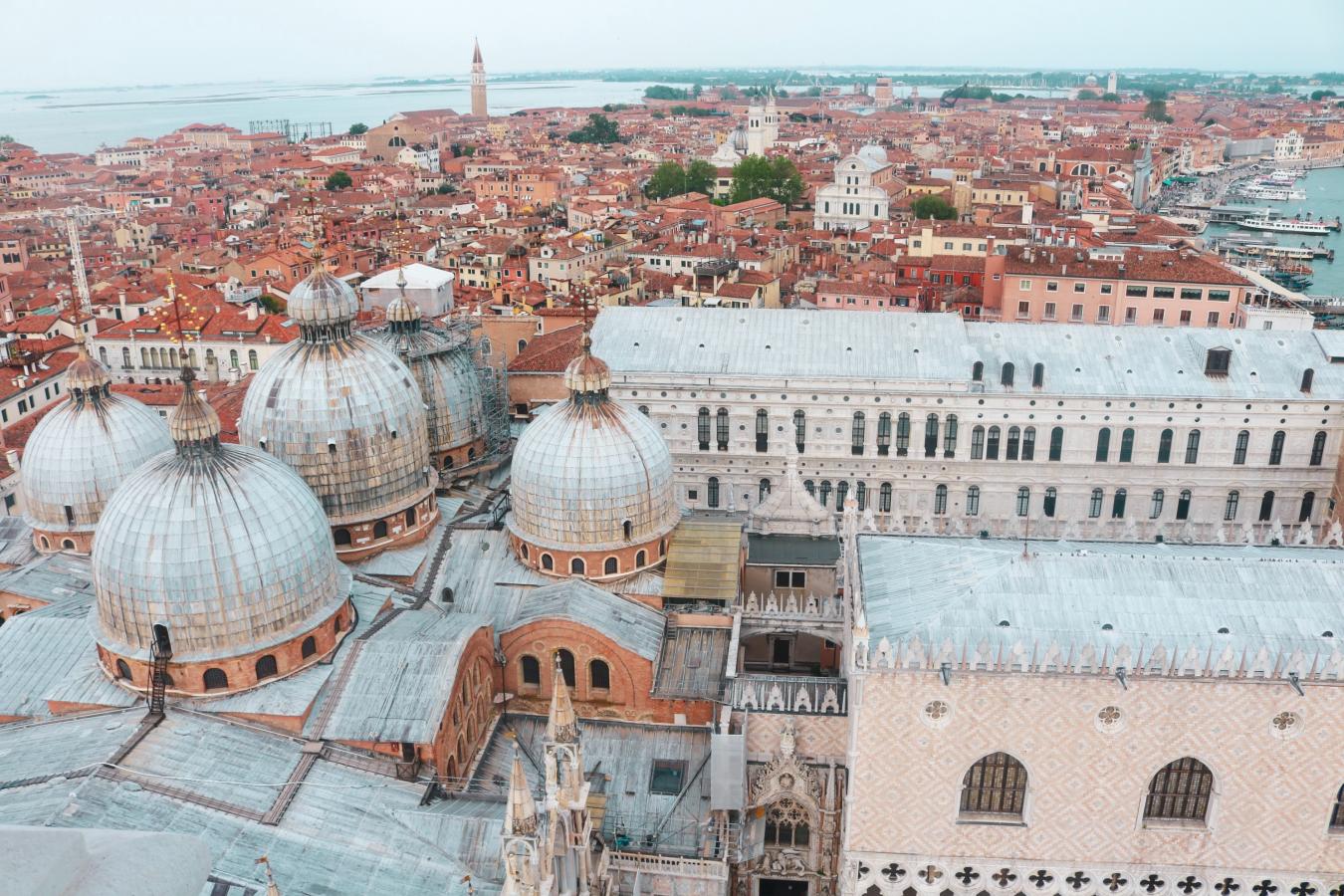The History and Culture of the Venetian Republic
How did a group of Italians come to inhabit around 450 A.D. a bevy of small marshy islands at the top of the Adriatic Sea? How did they manage to survive and flourish among a host of hostile forces and perennial enemies? How did they become the richest city in Europe with an empire extending across the Mediterranean Sea to the Holy Land and across almost all of northern Italy? What unique form of government did they evolve to become the most ethnically diverse city in Europe, yet ensure enough solidarity and stability to survive intact for over 1300 years? What kinds of art, architecture, literature and music did they produce with their vast wealth? And what led to their eventual decline and conquest by Napoleon in 1797? These are topics we’ll explore throughout the year in a broadly interdisciplinary approach.






